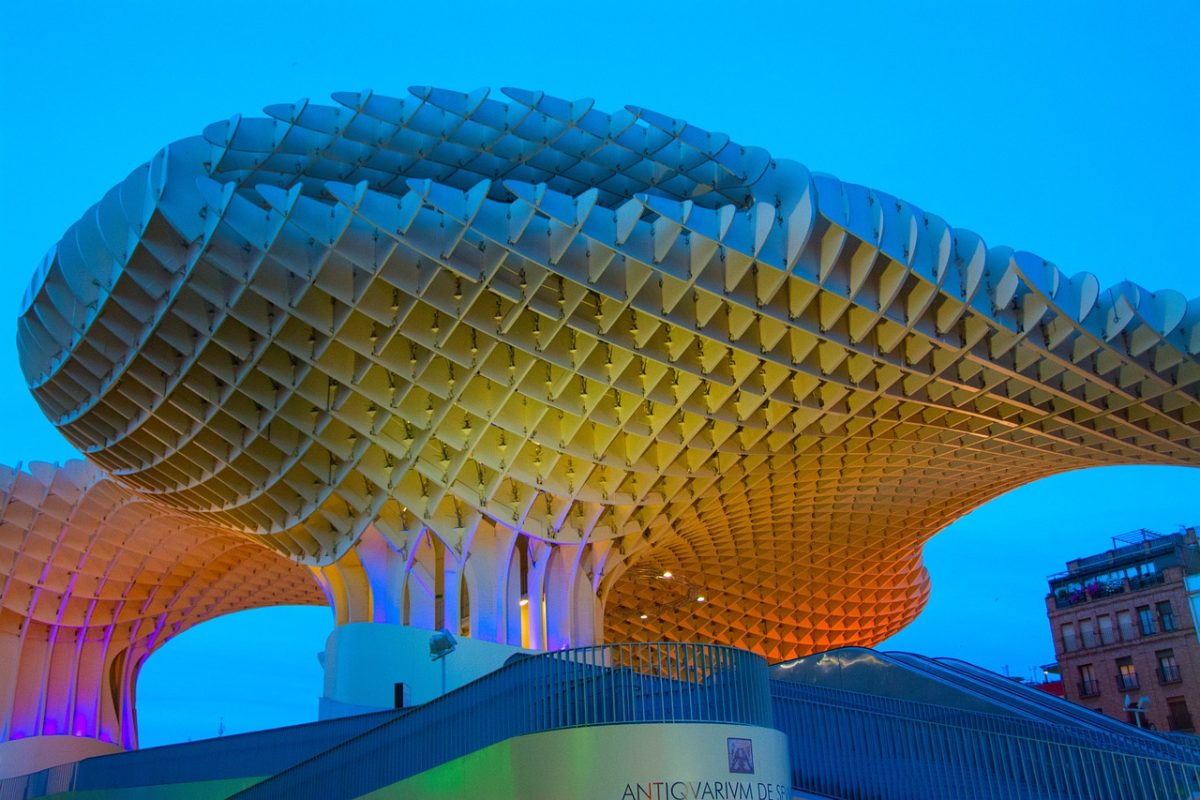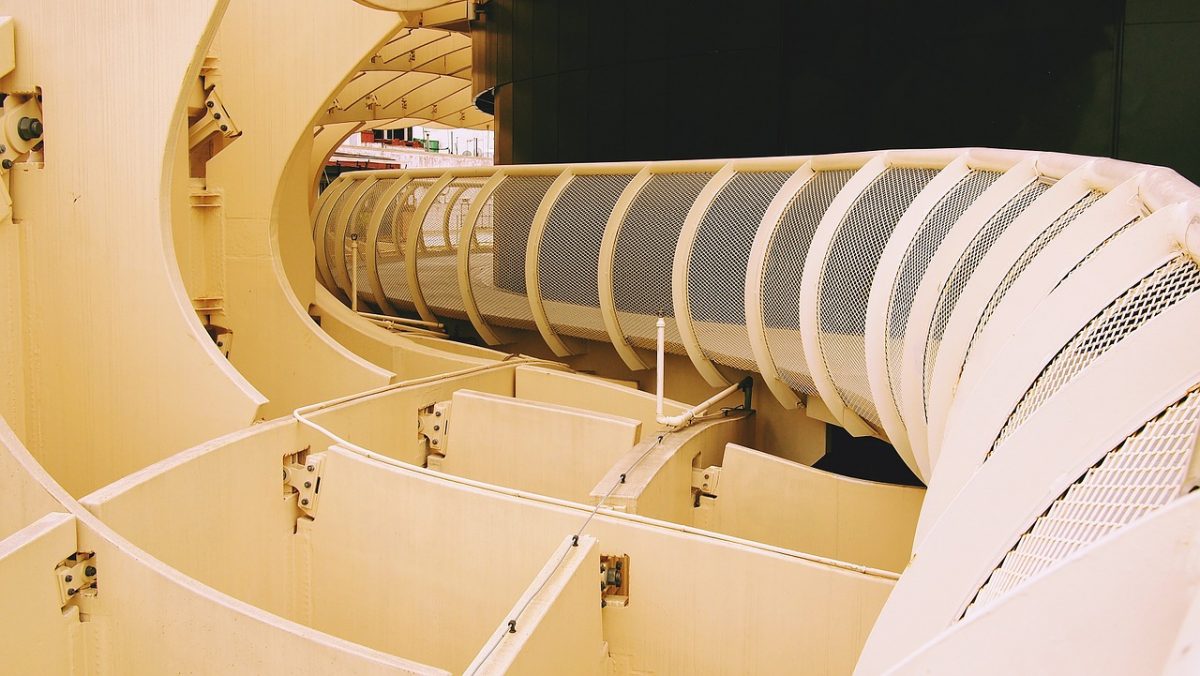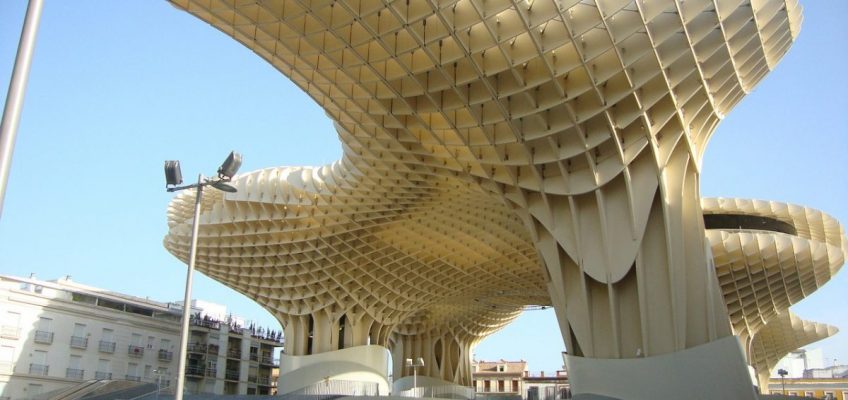Technology advances have brought us an amazing array of new building materials, but is good old timber still the smartest option?
The demand for more space seems almost insatiable – with housing and education leading the charge Click To TweetBy Gareth Barber, MD of The Stable Company
You might not associate timber with evidence-led, dynamic construction, but as a unique, radical alternative to more common bricks and mortar construction methods, wood is undergoing a 21st century renaissance.
With design possibilities that lend the material to building projects big and small, timber’s ability to provide a practical, energy-efficient – and even mood-boosting – solution have led to a resurgence in its popularity. How, exactly, has timber caught the nation’s eye?
Wood is undergoing a 21st century renaissance Click To TweetRadical, flexible building design
Through centuries of experimentation and technical advancement, timber has been a way of proudly expressing culture and heritage. Some of the most iconic structures on Earth are timber constructs. With superior tensile strength, timber can be manipulated and applied to an incredible number of construction blueprints: perhaps most contemporarily and ostentatiously, the Metropol Parasol.

Cross-Laminated Timber (CLT) is a game-changing technological innovation for timber construction. It sounds simple, but CLT is made by layering softwood, gluing and then pressing it together. This creates small timber sections that can be put together to make larger structural panels, with a thickness of around 50 cm. As strong as steel, leading designer and architect Alex de Rijke has called CLT ‘the new concrete’.
Further developments in CLT mean it is able to pass rigorous seismic, fire and sound requirement tests – and is even suitable for high rise blueprints. Indeed, the world’s largest and tallest timber office began construction in 2018. “25 King”, with over nine storeys and topping 48 metres in height, is to be constructed from over 3,000 individual timber elements, with over 21,175m² of CLT used; this includes beams, columns (33 on each floor) and floor panels.
Cross-Laminated Timber is a game-changing tech innovation Click To Tweet
The ultimate sustainable building material
Timber is a 100% renewable material. As well as acting as a carbon store, the manufacture of timber is less energy-intensive, cutting down non-renewable energy use. So too is its transport, as it typically weighs less than concrete or steel.
A thoughtfully-designed timber building contains additional features that supplement these eco-friendly natural properties. Air-source heat pumps are able to keep building interiors at a consistent temperature, with day/night light sensors also cutting down on unnecessary energy – and financial – expenditure. Carefully considered window placement can also maximise the use of natural light.
Designer and architect Alex de Rijke has called CLT ‘the new concrete’ Click To TweetMaintaining optimal temperature
Part of timber’s radical offering is its natural ability to maintain an optimised interior environment. This is of particular value to those involved in the sector of education, where timber has become an evidence-led choice for school specifiers.
Inside timber is a cellular structure which contains air pockets. These help to limit the material’s ability to conduct heat – meaning users don’t bake in the summer heat as they might in a brick or concrete alternative. And with smaller-scale projects, timber modular buildings are often standalone, able to be fitted with bi-fold, sliding doors which opens the space up to the outdoors – a favourable setup for staying cool whilst having opportunity to fulfil outdoor learning objectives.
As well as users staying cool in summer, they also won’t feel the chill in winter – because timber is a natural thermal insulator. Timber’s structural air pockets prevent heat inside from dissipating; the result, a more stable temperature and comfortable environment for users. This has financial and environmental benefits – reducing reliance on central heating and fans.
As a building material, timber is also hygroscopic – meaning it improves indoor air quality by moderating humidity levels. This makes it a popular building material for car garages, for example, that mustn’t get too moist, but also ideal for avoiding mugginess on hot, rainy afternoons.
Timber is hygroscopic - meaning it improves indoor air quality by moderating humidity levels Click To TweetPhysiological benefits
A study by Planet Ark makes abundantly clear the benefits of ‘biophilic design’ – where nature is incorporated into buildings and man-made surroundings. The use of materials such as timber has been shown to boost cognitive performance by connecting humans to their outdoor surroundings.
Interestingly, studies show that people talk more with timber around. In a 2012 study, 44 elderly residents were studied in wooded surroundings – tables, chairs and tableware – and then analysed in similar plastic surroundings. The results show a marked increase in social interactions when in the presence of wooden products – that is, they were more talkative, open and willing to engage.
The use of materials such as timber has been shown to boost cognitive performance by connecting humans to their outdoor surroundings Click To TweetInnovative and accessible spaces
As architects retain a large degree of design freedom when building with timber, the finest of details can be considered. Timber, therefore, is a popular choice for those wishing to provide accessible environments for those who may have additional needs or require supervision. Standalone timber buildings can feature accessibility ramps, sliding doors, acoustic insulation and wide, open spaces for supervision.
Further developments in CLT mean it is able to pass rigorous seismic, fire and sound requirement tests – and is even suitable for high rise blueprints Click To Tweet
Affordability
Building projects completed with timber often come in at a lower cost than if completed with other construction materials such as brick or concrete. That’s also not factoring in that public sector projects that use timber modular construction have been, historically, more likely to attract grant funding or other financial support – thanks to their environmental sustainability. Because of the off-site element common to timber modular construction, on-site disruption is minimised, too.
As well as acting as a carbon store, the manufacture of timber is less energy-intensive, cutting down non-renewable energy use Click To TweetBeyond its aesthetically-pleasing natural “look”, recent technological developments mean that timber is a smart material suitable for projects big or small. The proven environmental, financial, practical and even physiological advantages of timber construction are making it a firm favourite for those looking to provide a unique, radical alternative to traditional construction methods.
Recent technological developments mean that timber is a smart material suitable for projects big or small Click To Tweet








